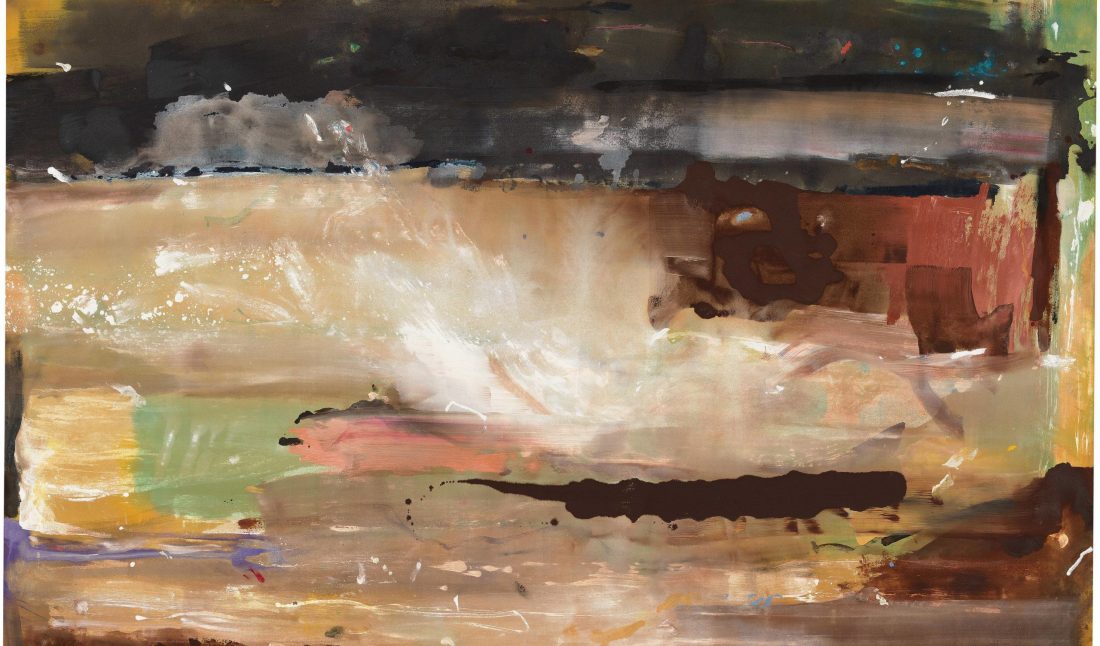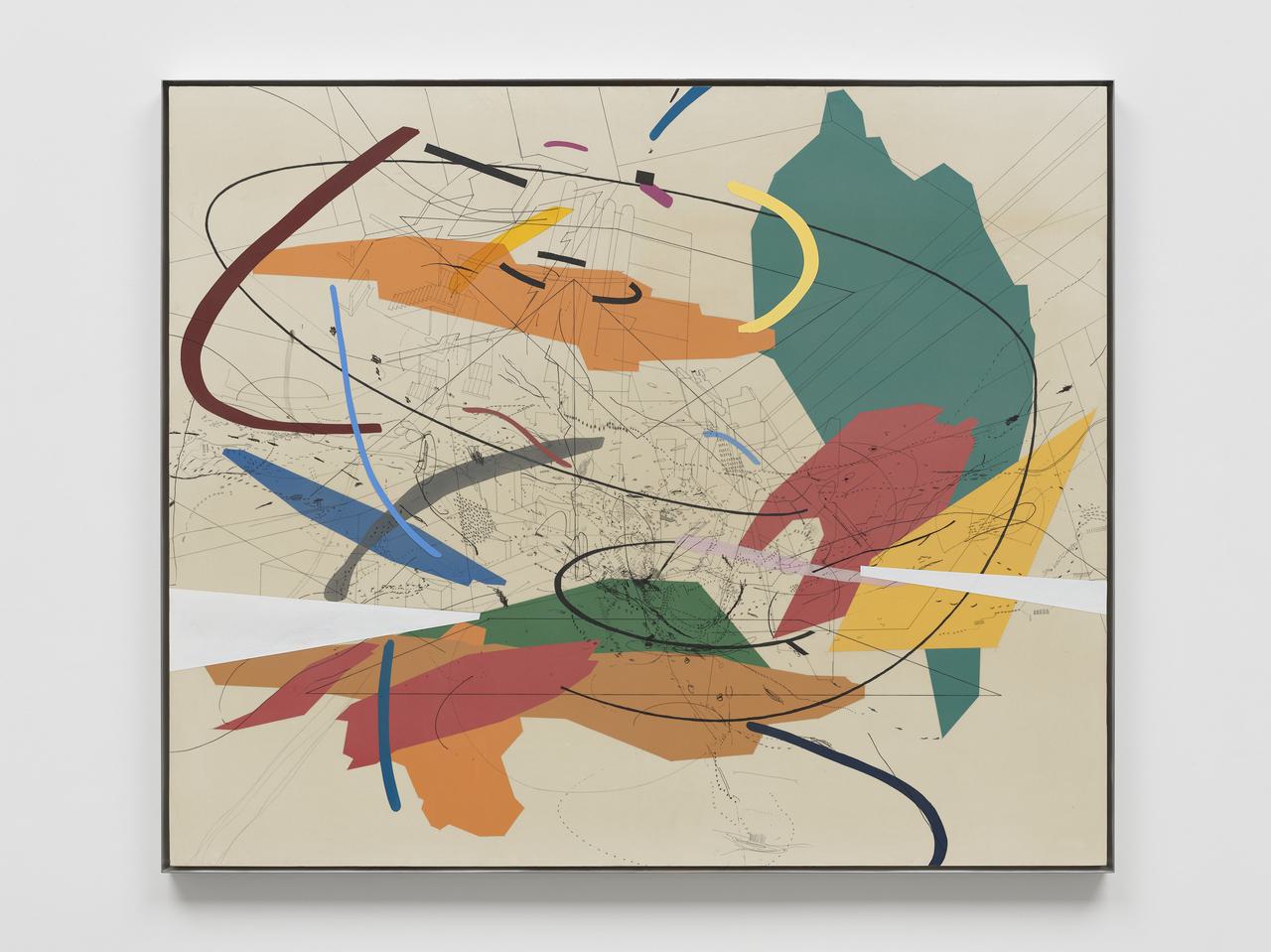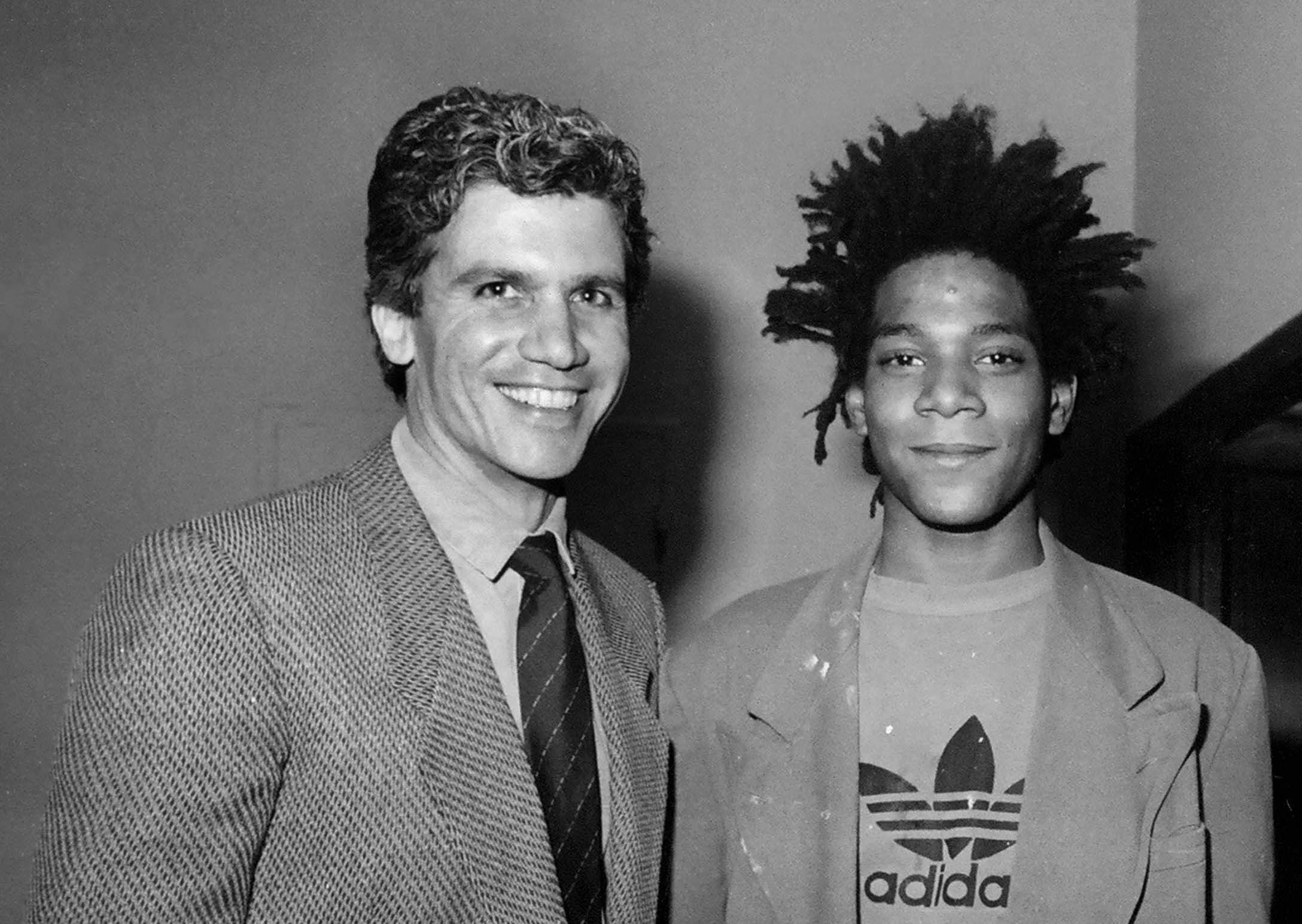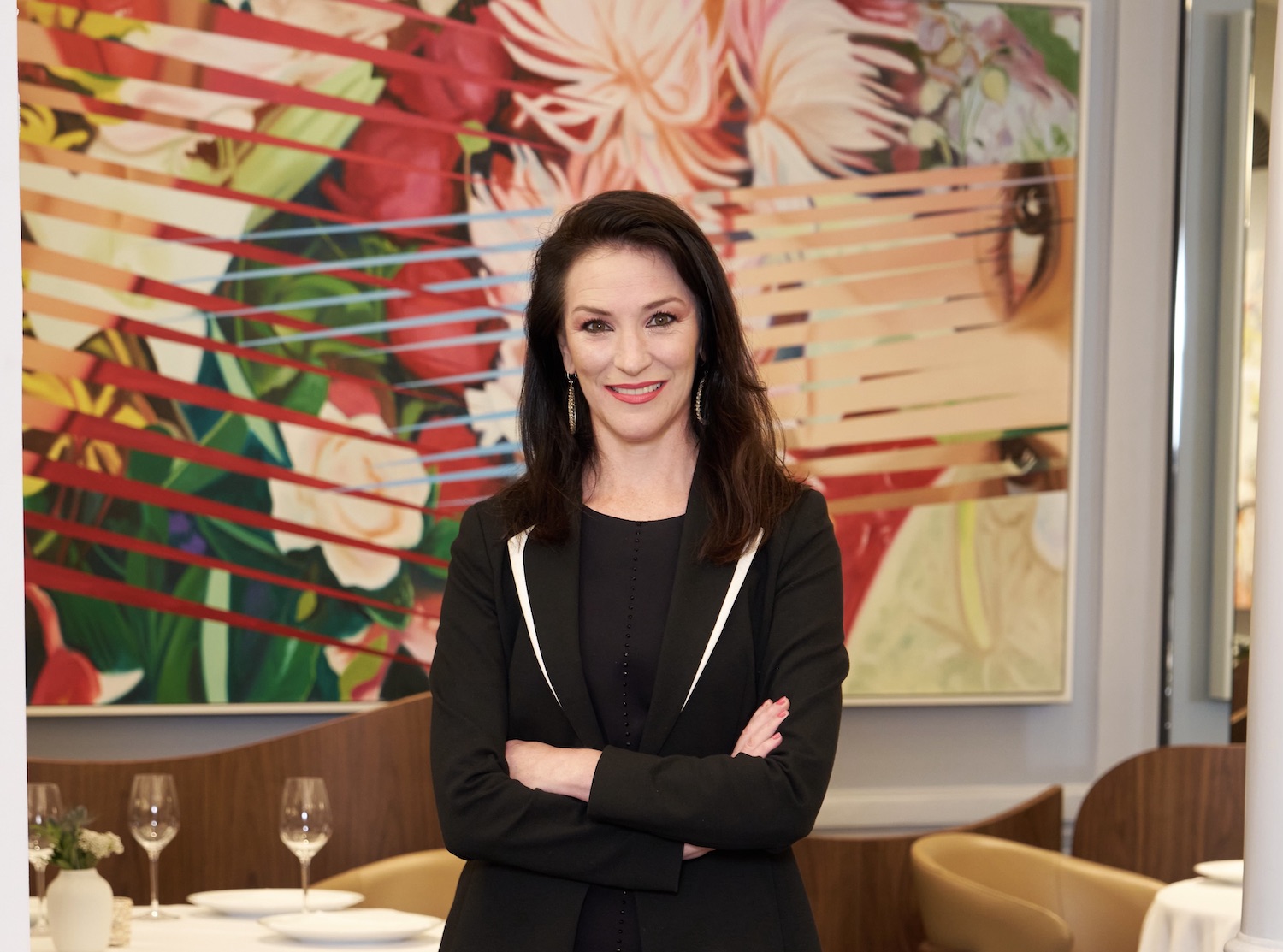On view at the Museo Palazzo Grimani inVenice from May 7 through November 17, 2019, “PITTURA/PANORAMA” focuses on Helen Frankenthaler’s paintings over a 40-year period, from 1952 to 1992. Curated by John Elderfield, chief curator emeritus of painting and sculpture at MoMA in New York and a senior curator at Gagosian, the exhibition features 14 paintings that showcase the artist’s pittura and panorama works.
Elderfield told Whitewaller about Frankenthaler’s significant career and about Gagosian’s concurrent show of her work in Rome.
WHITEWALLER: How would you describe the influence artist Helen Frankenthaler has had?
JOHN ELDERFIELD: The first influence of Helen’s work came in the 1950s, as a result of the soak-stain technique of her 1952 painting Mountains and Sea, which profoundly affected the work of Washington, D.C., painters Morris Louis and Kenneth Noland. The critic Clement Greenberg wrote about this in 1960, leading many other artists to adopt this approach. It therefore became the identifying characteristic of so-called Color Field painting of the 1960s and 1970s.
This approach fell out of favor in the later 1970s. But a wide range of younger artists, especially women, picked up on its possibilities. Originally, some critics had unfavorably compared Frankenthaler’s work to Abstract Expressionists like Willem de Kooning, saying it was thin and “feminine.” For many younger, feminist artists, that became a reason to pick up the technique
and develop it.
It’s important to note that, although the soak-stain technique was extremely important for many other artists, Helen modified it and eventually moved beyond it in her own work, using a wide range of paint applications over the years, as the exhibition reveals.
WW: Why did you want to focus on the period of Helen Frankenthaler’s work between 1952 and 1992?
JE: I wanted to begin in 1952, because it was her breakthrough year; and wanted to end somewhere in the early 1990s, because
the late 1980s/early 1990s works were less well known. 1992 seemed a good year to end on, making this a 40-year exhibition.
WW: You’ll show four major works from the 1990s, a lesser-known time for her work. Can you tell us about those pieces?
JE: Helen’s paintings of the early 1990s bring to a climax her creation of big, wide, painterly canvases, more dramatic and atmospheric than any she had done before. As such, they look back to the roots of painterly painting in Venice in the 16th century, while being utterly her own, modernist compositions.
WW: Can you tell us about the earliest work that will be on view?
JE: Helen painted the earliest work in the exhibition, Window Shade No. 2 (1952), when she was 21 and had just seen large,
horizontal abstract compositions by Jackson Pollock, made with looping skeins of poured paint. She is trying something similar on a small scale. I wanted to include it to show the modest beginnings of what would follow.
WW: How does the show relate to the coinciding exhibition at Gagosian’s Rome gallery?
JE: The Rome exhibition overlaps with the one in Venice in that it shows a critical decade of Frankenthaler’s work, beginning in 1974, within the longer period shown in the Venice exhibition, which also includes works from that decade. Moreover, it was in 1974, when Helen began to live part of the year by the ocean, that she began to paint canvases—many of them horizontals—that reflect the changing appearance of the wide vistas of sea and sky. This is something that we also see in the 1990s painting in the Venice show.












